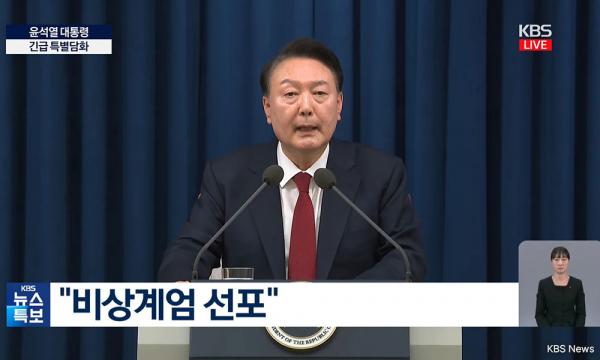South Korean President Yoon Suk-yeol Lifts Emergency Martial Law
In a recent turn of events, South Korean President Yoon Suk-yeol announced the lifting of emergency martial law after the National Assembly voted to call for its end. This decision came amidst growing concerns and tensions within the country, sparking a wave of discussions and debates among the public. Let’s delve into the details of this significant development and its broader implications.
Full Review
The cabinet approved the motion to end martial law at 4.30am, following Yoon’s declaration accusing the opposition of “paralysing” the government with “anti-state activities.” This move raised concerns both domestically and internationally, highlighting the delicate balance of power and political dynamics at play. The decision to lift martial law marks a pivotal moment in South Korea’s political landscape, with ramifications that are yet to fully unfold.
Conclusion
In conclusion, the lifting of emergency martial law by South Korean President Yoon Suk-yeol signifies a significant shift in the country’s governance and underscores the complexities of modern politics. As the nation navigates through this period of transition, it is essential to monitor the developments closely and reflect on the implications for the future.
FAQs
1. What led to the decision to lift emergency martial law?
The decision to lift emergency martial law was prompted by the National Assembly’s vote and President Yoon Suk-yeol’s declaration following accusations against the opposition.
2. How did the public react to the announcement?
The announcement sparked discussions and debates among the public, reflecting a range of opinions and concerns about the implications of lifting martial law.
3. What are the broader implications of ending martial law?
The end of martial law signals a shift in governance and political dynamics, raising questions about the future direction of South Korea’s leadership and policies.
4. How will the international community respond to this development?
The international community is likely to monitor the situation closely and assess the implications of lifting martial law on regional stability and diplomatic relations.
5. What challenges may arise following the lifting of martial law?
Challenges such as political tensions, governance issues, and public unrest may emerge as South Korea transitions away from emergency measures.
6. How can the government address concerns raised by the opposition?
The government may need to engage in dialogue, seek consensus, and implement reforms to address the concerns raised by the opposition and promote national unity.
7. What role does the National Assembly play in this decision?
The National Assembly’s vote to end martial law reflects the legislature’s authority and oversight in shaping the country’s policies and governance.
8. How might this decision impact South Korea’s economy?
The decision to lift martial law could have implications for investor confidence, market stability, and economic growth, depending on how the transition is managed.
9. What steps can President Yoon Suk-yeol take to address concerns about governance?
President Yoon Suk-yeol can promote transparency, accountability, and inclusivity in governance to address concerns and build trust with the public and opposition parties.
10. How can the public contribute to shaping the post-martial law period?
The public can engage in civic participation, advocacy, and dialogue to influence the direction of policies and reforms during this critical period of transition.
Tags
Tags: South Korea, President Yoon Suk-yeol, Martial Law, National Assembly, Governance

